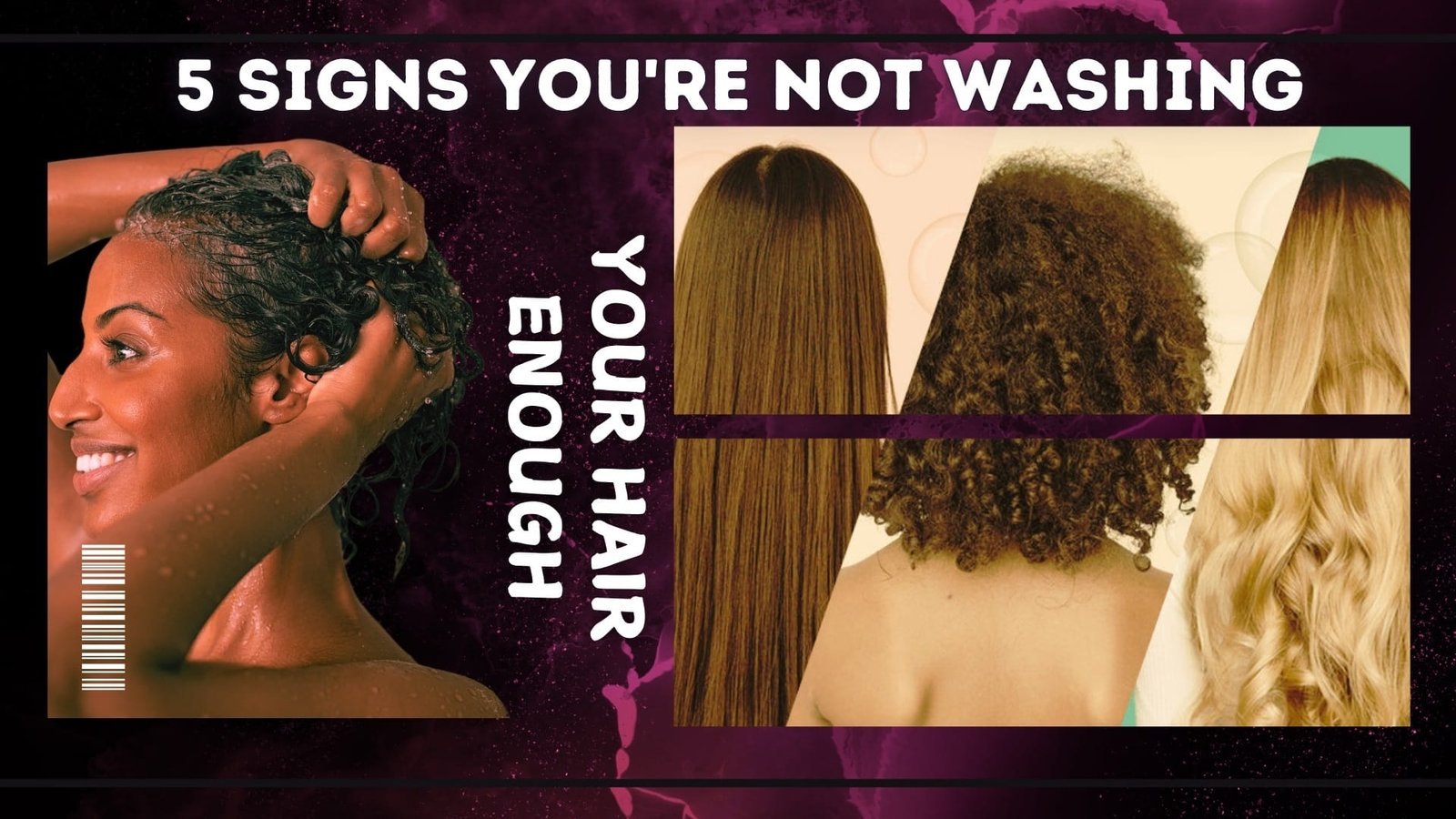Washing your hair too infrequently can lead to dandruff, scalp issues, and even hair loss. But what are the signs that indicate it's time to shampoo
Washing your hair too infrequently can lead to dandruff, scalp issues, and even hair loss. But what are the signs that indicate it’s time to shampoo more often?
There’s nothing quite like the feeling of freshly washed hair, but depending on its length and thickness, washing your hair can feel like a chore. Many people opt for dry shampoo to extend the time between washes. However, relying on it too much can cause serious scalp issues and even hair thinning.
How Can You Tell If You’re Not Washing Your Hair Enough?
This varies depending on individual factors. If your scalp is dry and you don’t use styling products, washing your hair once a week might be enough, as some celebrities like Julia Roberts reportedly do. You may have heard that washing less is good for your hair, but this isn’t a rule for everyone. If you use a lot of styling products, rely on dry shampoo, or already struggle with dandruff or an oily scalp, you may need to wash your hair every two to three days. While washing your hair too frequently can be damaging, washing too infrequently can lead to its own set of problems. Certain symptoms like greasy hair, scalp problems, and even hair loss can indicate that you should be washing your hair more frequently. Here are five signs that may suggest you’re not washing your hair enough:
1. Greasy Hair :
The most obvious sign is greasy roots and a lack of volume. If you don’t regularly remove excess sebum from your scalp, your hair can become heavy and stringy. For some, this can happen after just a day or two without washing, while others may take longer to notice. Oily hair isn’t just visible; it can also develop an unpleasant odor as the mix of dead skin cells and sebum on your scalp provides an ideal environment for bacteria.
2. Dandruff :
While dandruff isn’t always a result of infrequent washing, sebum naturally accumulates on the scalp. Dead skin cells build up when hair isn’t washed regularly, creating a layer of dirt, oil, and dead skin particles. This creates a perfect environment for microorganisms, like the yeast *Malassezia*, which naturally lives on the scalp. Excessive sebum, along with a lack of cleaning, can lead to an overgrowth of this fungus, causing dandruff.
3. Itchy Scalp:
An itchy scalp can result from either over-washing or under-washing. When you don’t wash your hair often enough, dirt, sweat, styling products, and dead skin cells can accumulate on your scalp. This buildup fosters an ideal environment for microorganisms like *Malassezia*, whose by-products can irritate the scalp, leading to itching. A dirty scalp may also contribute to conditions like seborrheic dermatitis, which is characterized by itching and flaking.
4. Dull Hair:
Is your hair looking dull and lifeless? This could be due to product buildup. Styling products and even dry shampoo can coat the hair, making the surface rougher and less able to reflect light. Regular use of a deep-cleansing shampoo, paired with a shine-enhancing conditioner, can help restore the luster to your locks.
5. Hair Loss:
Increased hair loss may also be a sign you’re washing your hair too infrequently. Seborrheic dermatitis, characterized by an overproduction of sebum and the overgrowth of *Malassezia*, can cause inflammation on the scalp. Chronic scalp inflammation, while not yet definitively proven, is believed to contribute to hair loss. Regular washing helps to keep the scalp clean, preventing irritation and inflammation, which in turn helps maintain healthy hair growth.
In conclusion, how often you need to wash your hair depends on your unique scalp and hair needs. However, if you’re noticing one or more of these signs, it may be time to increase your washing frequency to keep your scalp and hair in top condition.
